Donghwa Kim's Hotel (동화킴스관광호텔)
8.1Km 2021-01-19
136, Pyeongchangmunhwa-ro, Jongno-gu, Seoul
+82-2-379-0520
Donghwa Kim's Hotel, located in Jongno-gu, Pyeongchang-dong, was designed to give the impression of a mountain cabin while combining Korean and modern architectural elements, resulting in a structure of notable artistic taste. The four-story hotel has 51 comfortable guestrooms, a banquet hall, a coffee shop, a Western restaurant, and a Korean restaurant. The hotel offers a wide-open view of the neighboring Bugaksan Mountain.
Whale forest (고래의숲)
8.1Km 2021-03-18
136, Dongsung-gil, Jongno-gu, Seoul
+82-70-7543-3313
A restaurant serving Korean-style western dishes. The best menu at this restaurant is house-made pork loin cutlet. This is a Japanese cuisine located in Daehak-ro, Seoul.
PAULIN PANCAKE - Daehakro Branch(폴인팬케이크 대학로)
8.1Km 2021-04-15
136, Dongsung-gil, Jongno-gu, Seoul
+82-2-332-8952
Souffle pancake is a popular dessert in Korea. The best menu at this restaurant is souffle pancakes. This is a cafe located in Daehak-ro, Seoul.
Suje Beotgalbi (수제벗갈비)
8.1Km 2021-03-18
79, Daehak-ro, 8ga-gil, Jongno-gu, Seoul,
+82-2-743-9599
A Korean BBQ restaurant. The best menu at this restaurant is grilled spareribs. This is a Korean cuisine located in Daehak-ro, Seoul.
Hyehwa1938 [Korea Quality] / 혜화1938 [한국관광 품질인증]
8.1Km 2023-04-13
7, Sungkyunkwan-ro 16-gil, Jongno-gu, Seoul
+82-10-7107-1752
Located in (no suggestions)-dong of Seoul, Hyehwa 1938 is a lodging facility which is based on the remodeling of an 80-year- old traditional Korean house. A traditional Korean house expert initially wanted to use it as an office but later decided to turn it into a guest house due to its large size. As a result, the unique beauty of traditional Korean house was revived while improving practicality. The Woojeong room and Sarang room are now resized to accommodate max 8 persons which used to be only max 4 in the past. Despite the remodeling, the aura and atmosphere of the traditional Korean house is well preserved. Inside the room, you can see that the chandelier of the rich house in the '30s are accompanied by modern furniture and electronics which maintain unique harmony. Open the windows to see sansuyu and maehwa along with other various seasonal trees with beautiful colors and also the space such as edges and sewers are well arranged to avoid any discomforts with your eyesight. The heart of architecture offers only two rooms for guests, and you are all welcome to enjoy the true beauty of Korea.
Daetongnyeong (대통령)
8.1Km 2021-03-27
12-1, Daehak-ro 14-gil, Jongno-gu, Seoul
+82-2-766-4405
A store specializing in Samgyeopsal aged in bamboo cans. The best menu at this restaurant is grilled pork belly. This Korean dishes restaurant is located in Jongno-gu, Seoul.
Samhyeongje Jjukkumi - Daehangno Branch (삼형제쭈꾸미 대학로)
8.1Km 2021-03-24
68, Dongsung-gil, Jongno-gu, Seoul
+82-2-763-1204
This is a restaurant serving jjukumi (webfoot octopus), which has been featured in the gourmet program. This restaurant's signature menu is grilled pork belly. This Korean dishes restaurant is located in Jongno-gu, Seoul.
Wansan Jeong (완산정)
8.1Km 2021-03-29
484, Bongcheon-ro, Gwanak-gu, Seoul
+82-2-878-3400
A restaurant where you can enjoy refreshing bean sprout hangover soup. This Korean dishes restaurant is located in Gwanak-gu, Seoul. The most famous menu is bean sprout hangover soup.
Museo de la Muralla de Seúl (Hanyang Doseong) (한양도성박물관)
8.1Km 2023-08-28
Yulgok-ro 283, Jongno-gu, Seúl
La Muralla de Seúl, llamada Hanyang Doseong en coreano, fue construida con la finalidad de marcar el antiguo límite de Seúl e impedir las invasiones extranjeras, originalmente con una longitud total de 18,627 km. Ubicado en el punto inicial de la ruta de senderismo Sunseong, el Museo de la Muralla de Seúl es un espacio cultural que presenta la historia de esta muralla y su valor. Dispone de la sala de exhibiciones permanentes, la sala de exhibiciones especiales, el centro de información de la muralla y la sala de estudio.
Museo de Arte Kansong (Edificio Bohwagak en Seúl) (간송미술관(서울 보화각))
8.1Km 2025-04-07
Seongbuk-ro 102-11, Seongbuk-gu, Seúl.
El Museo de Arte Kansong fue el primer museo de arte privado de Corea. Inaugurado como Bohwagak en 1938 por Jeon Hyeong-pil (Kansong era su seudónimo), el nombre cambió al actual Museo de Arte Kansong en 1966. Bohwagak fue declarado Patrimonio Cultural Nacional el 30 de diciembre de 2019. Jeon Hyeong-pil dedicó su vida a preservar e investigar las reliquias representativas de Corea, devaluadas y exterminadas deliberadamente durante la época colonial japonesa, así como a reconocer su excelencia y belleza cultural. El museo alberga 11 tesoros nacionales y 22 tesoros.
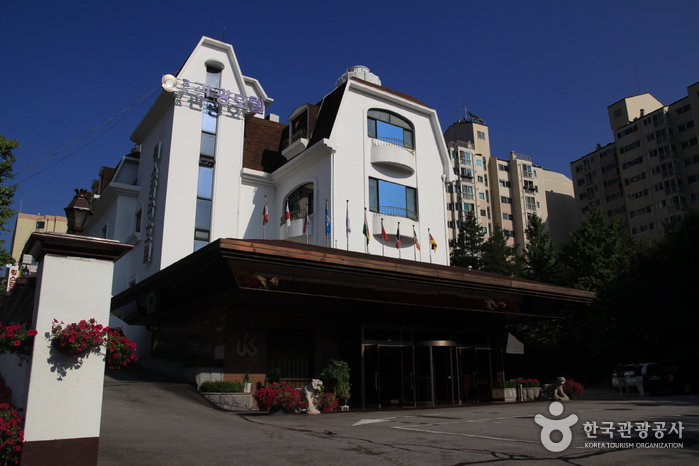
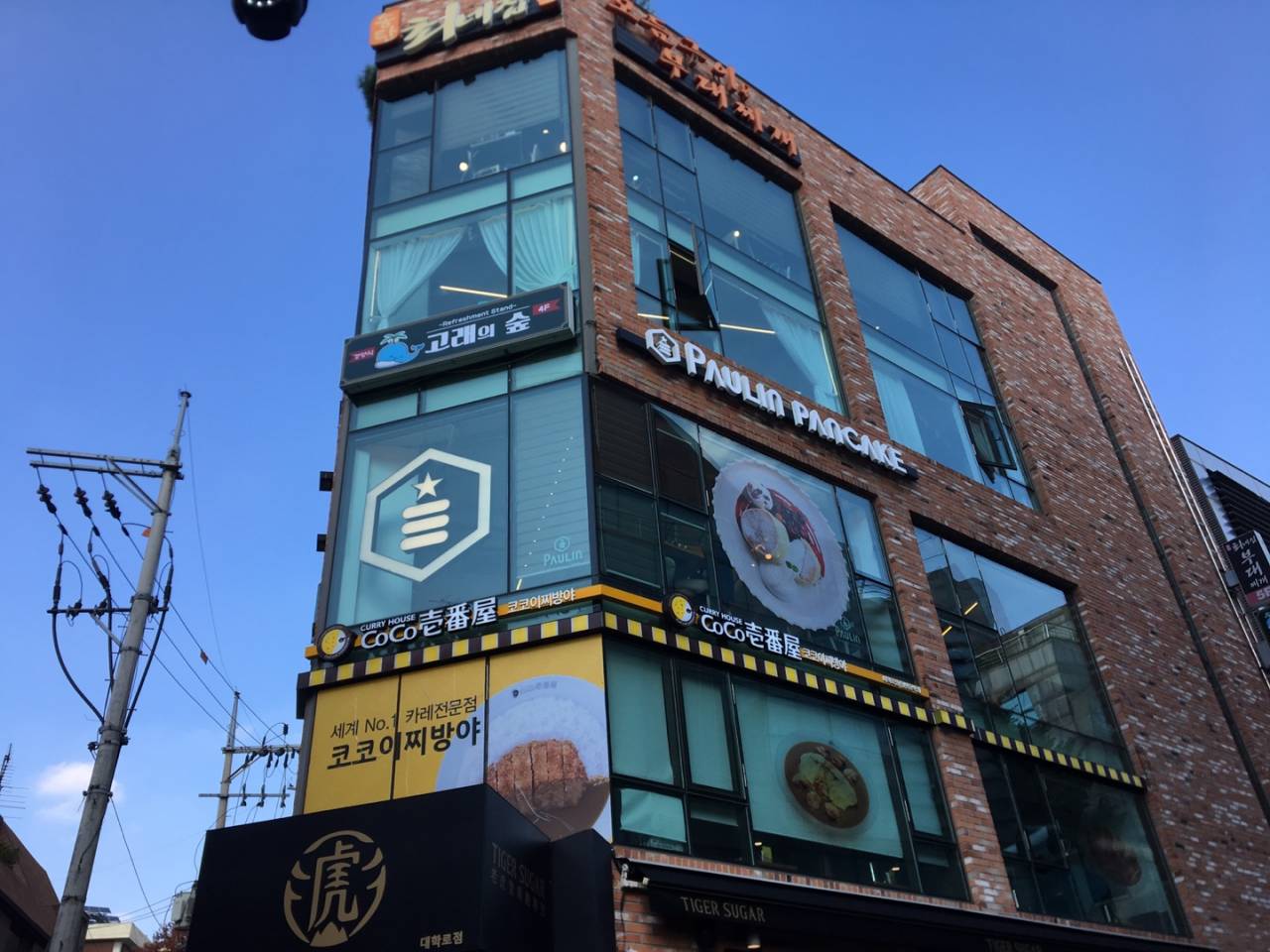
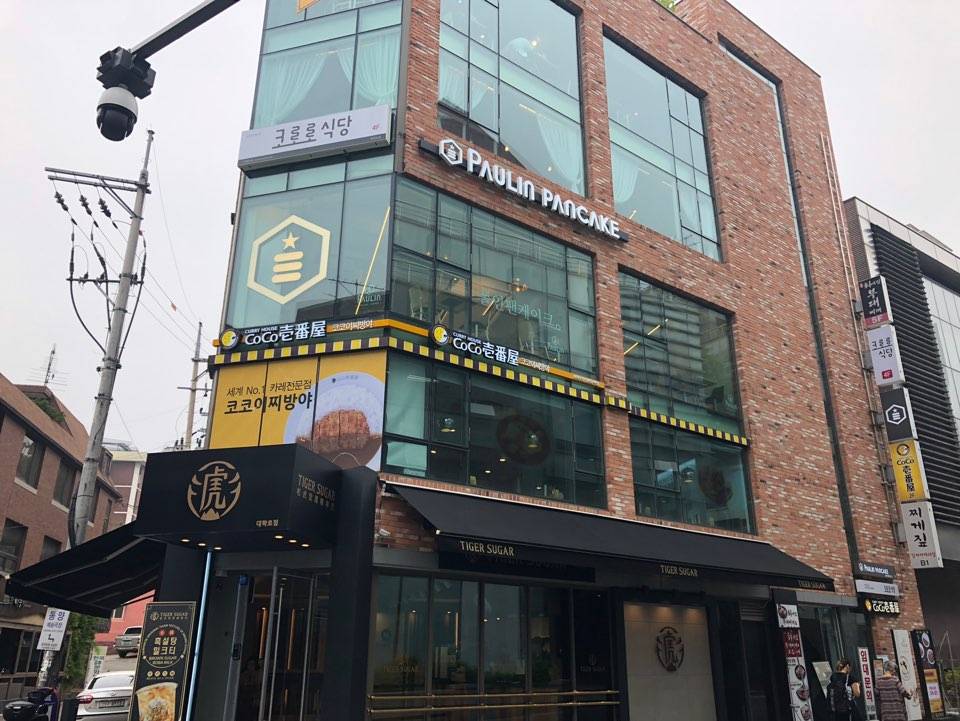
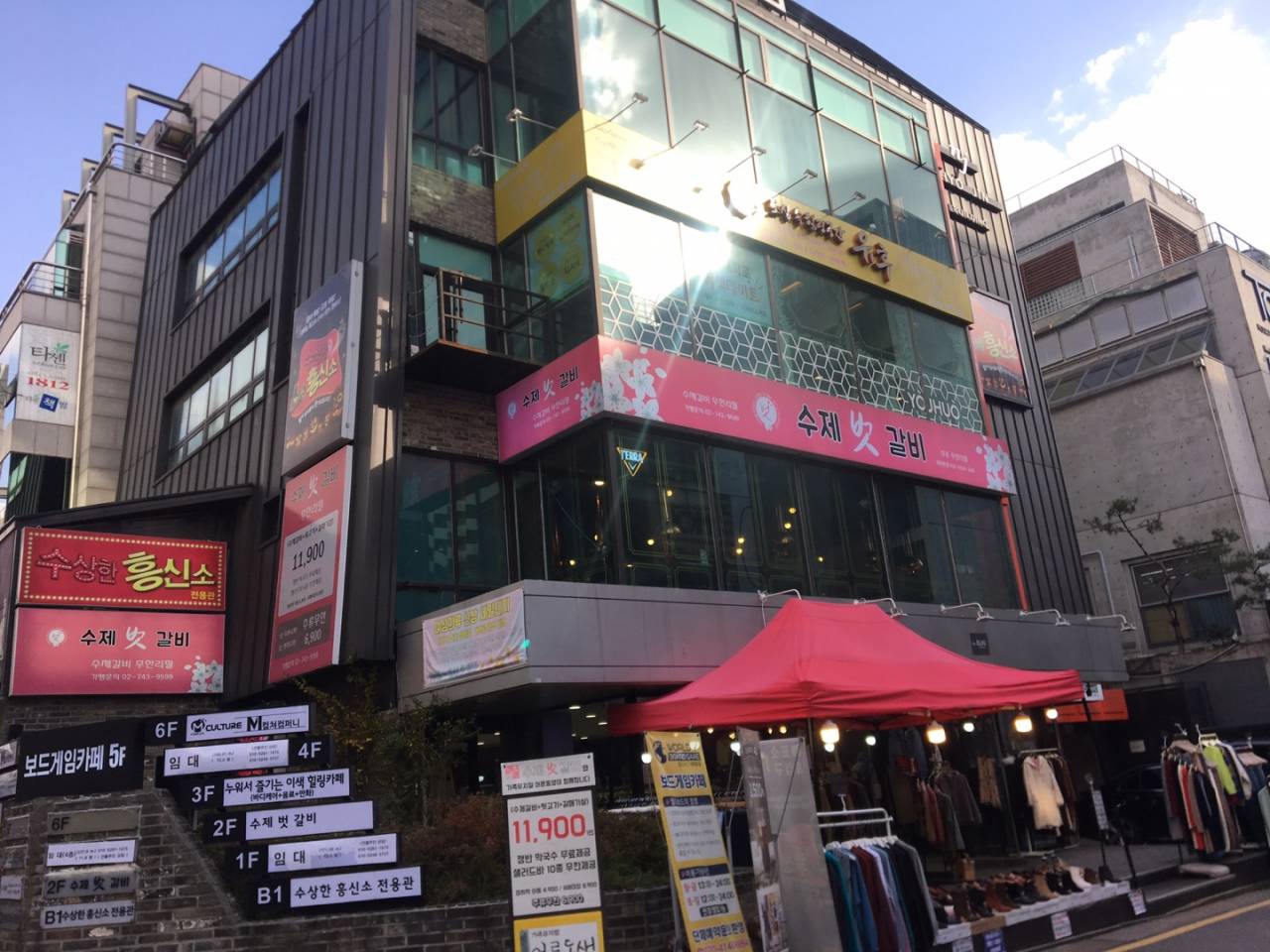
![Hyehwa1938 [Korea Quality] / 혜화1938 [한국관광 품질인증]](http://tong.visitkorea.or.kr/cms/resource/52/2529152_image2_1.jpg)
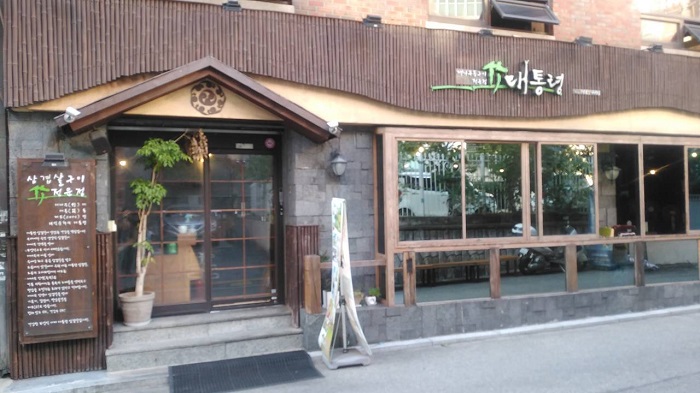
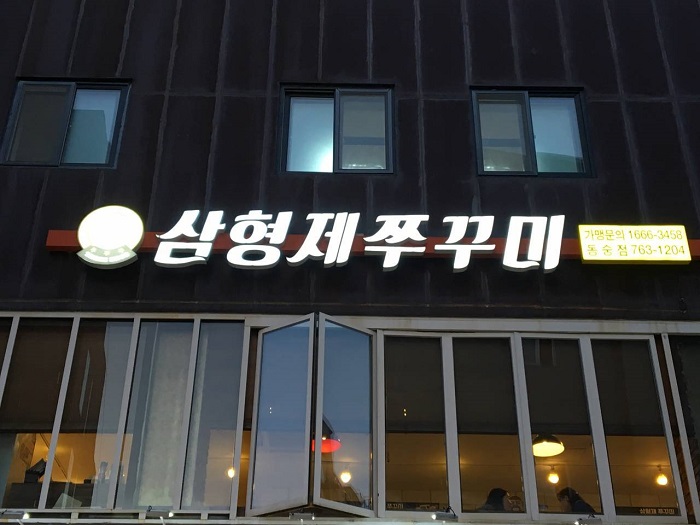
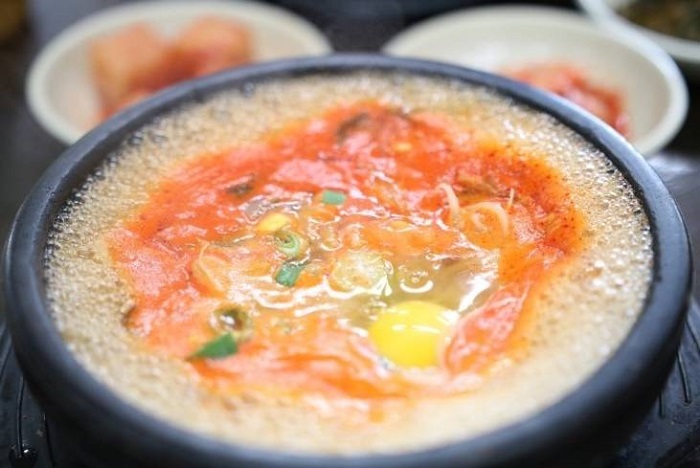
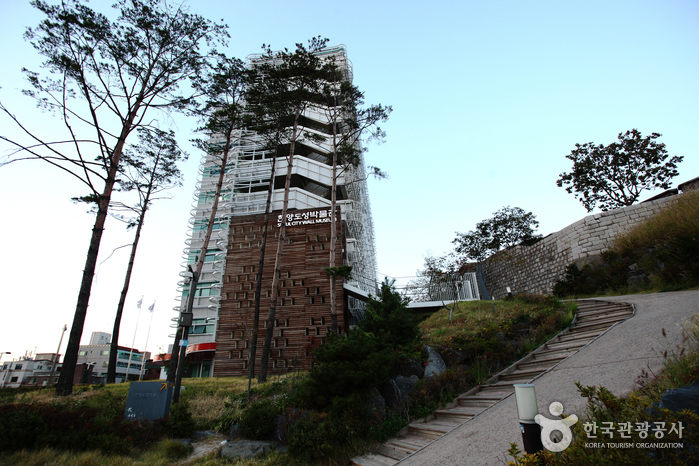
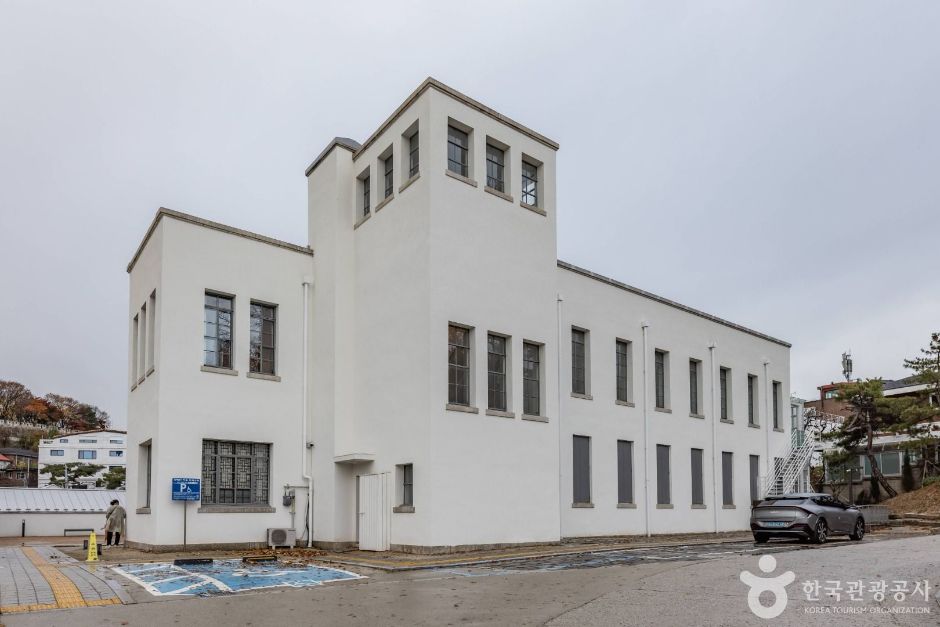
 Español
Español
 한국어
한국어 English
English 日本語
日本語 中文(简体)
中文(简体) Deutsch
Deutsch Français
Français Русский
Русский